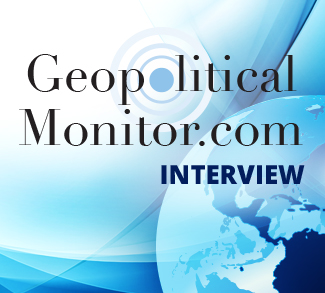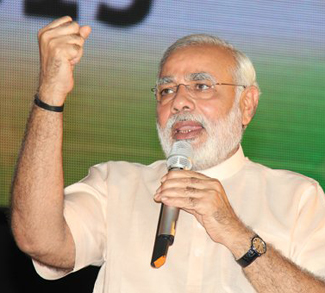Various efforts to reduce reliance on the US dollar in global trade are putting the future of this dominant currency under a spotlight. Donald Trump, the newly elected US president, has returned to the global economic stage with the same aggressive style and approach as before. This time, Trump has set his sights on the BRICS group, launching threats and criticisms from the outset. BRICS, composed of major economies such as Brazil, Russia, India, China, South Africa, Egypt, Ethiopia, Iran, Saudi Arabia, and the UAE, is currently discussing the creation of a common currency that could challenge the dollar’s long-standing dominance in global trade.
Trump has responded to these moves with harsh rhetoric, threatening 100% tariffs and the complete exclusion of BRICS members from US markets should they continue to push for de-dollarization. Yet Trump’s remarks have drawn renewed global attention to the question of the dollar’s future.
Reacting to BRICS discussions about creating a rival currency or supporting the adoption of an alternative to the dollar—which would likely spell the end of the dollar’s dominance in global trade, a position it has held since World War II—Trump stated: “We urge these countries to abandon the idea of creating a rival currency or agreeing on an alternative to the dollar. Otherwise, they will face 100% tariffs, completely losing access to America’s unrivaled economic markets.”
Recently, Trump also threatened to impose a 25% tariff on all imports from Canada and Mexico, along with an additional 10% tax on goods made in China.
On the surface, Trump’s tactics might seem like they could strengthen the dollar’s position; however, a deeper analysis suggests they will backfire. Instead of deterring BRICS countries, they might actually spur their efforts forward, with China in particular taking the lead to accelerate the de-dollarization process. Long suspicious of Washington’s use of the US dollar as a geopolitical tool, China has spent the last decade slowly building up alternative financial systems, for example by increasingly using the yuan for international trade settlement and expanding Beijing’s direct influence through the Belt and Road Initiative. The Chinese government has also diversified its foreign reserves, reducing its reliance on the US dollar in favor of gold and other currencies.
From this perspective, Trump’s statements are not a deterrent for BRICS countries but rather a rallying cry for urgent action. His persistent use of tariffs and sanctions as tools of economic diplomacy has not only deepened divisions between the United States and rival nations but also fueled distrust among US trading partners. This approach will undoubtedly drive other nations to seek alternatives to the dollar. China and Russia, as key targets of US sanctions and trade wars, are at the forefront of these changes, having signed agreements for trade in local currencies and deepened cooperation under the BRICS framework.
While the creation of a BRICS common currency or adoption of a US dollar alternative remains entangled in logistical and temporal challenges, the initiative symbolizes the bloc’s collective determination to build a financial system that is less reliant on the United States. Trump’s repeated threats may disrupt these efforts in the short term, but they will inevitably validate the concerns underlying these initiatives: the fear that the United States wields its economic power with little regard for long-term global financial stability, and solely in pursuit of its own unilateral interests.
For China, locked in strategic competition with the United States, shaping a new and favorable global order extends beyond economics. These initiatives are part of Beijing’s broader ambitions to establish itself as a global superpower. A multipolar financial system would reduce China’s and other BRICS countries’ vulnerability to US economic pressures, granting them greater freedom to pursue strategic goals on regional and global scales. For example, China’s digital yuan project is part of this vision, potentially serving as an alternative to dollar-based international payment systems, particularly in emerging markets.
Ultimately, the dollar’s dominance has been built primarily on trust—a belief that the United States will act as a responsible leader in the global economy and that dollar-based assets will remain stable and accessible. However, by weaponizing the dollar through sanctions and tariffs, Trump risks undermining this trust, not just among adversaries but also among allies. As this trust wanes, the dollar’s status as the world’s reserve currency is also weakened.
The paradox of Trump’s aggressive posture toward de-dollarization is that by favoring tariffs and sanctions, Trump is accelerating the very trends he seeks to combat. If he fails to change course, the world may soon find itself more united against Washington.
The views expressed in this article belong to the author(s) alone and do not necessarily reflect those of Geopoliticalmonitor.com.




